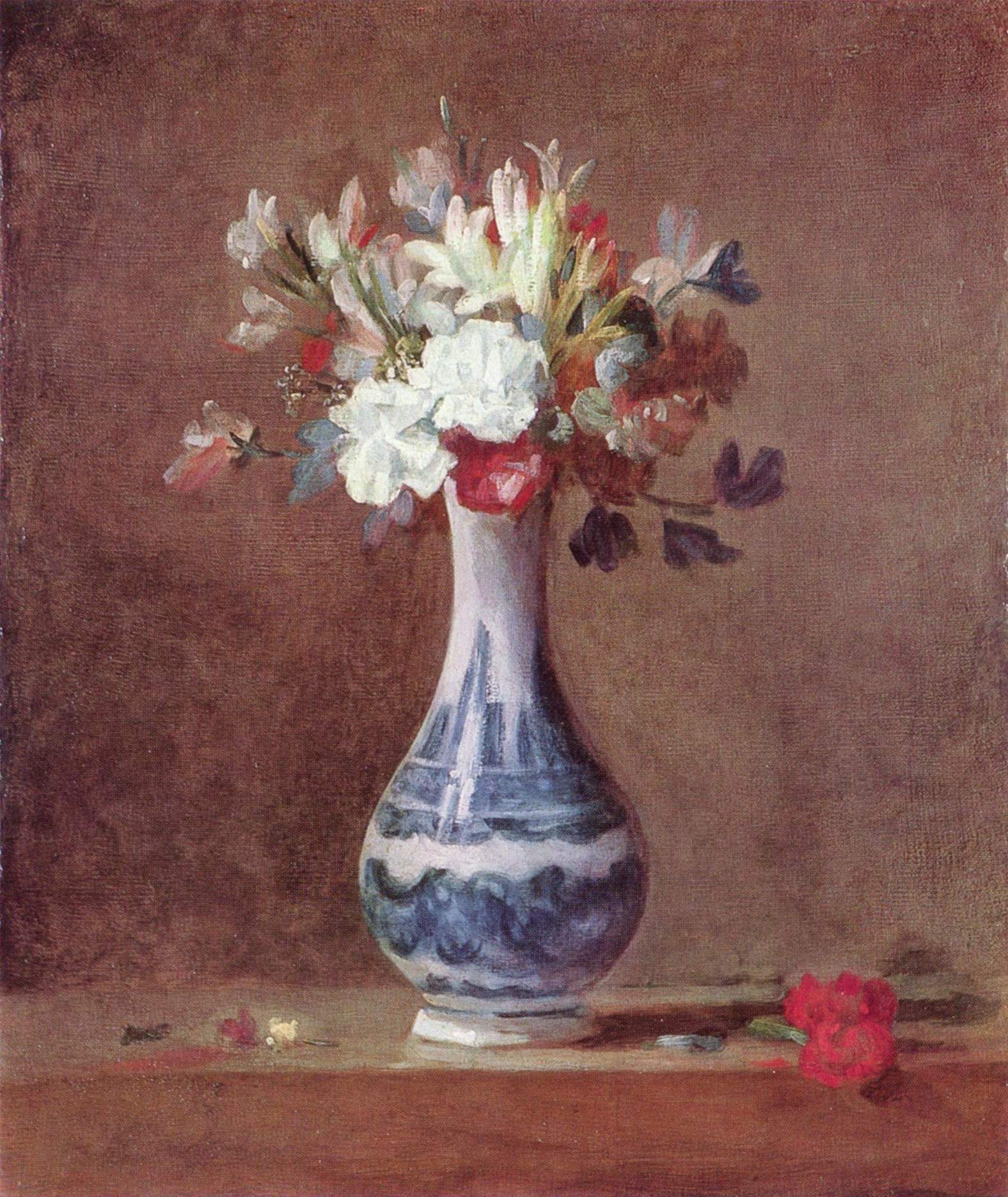
I hadn't really thought much about Elizabeth Jennings poetry on art and artists till reading through her collected poems it becomes obvious – this woman loved art, and deepened her heart gazing at it. As a poet familiar with the inner ambiguities and tensions of creativity, she imaginatively entered the inner life of the artist, perhaps by asking the question, "Where does this painting come from? And, what goes on in the heart and mind, the fluidities of human experiece in an artist who paints this picture, and just like this?" Her poem on this painting is a moving and understanding reflection on prayer, the mystery and the anguish, the uncertainties and the occasional assurance, the fragility and necessity of that risky trust that enables us to say, or not say, the fears and longings and joys and hopes of our lives.
In his young years Van Gogh was an Evangelical fiery Gospel preacher, and sent home to his brother some copies of English hymns that meant a lot to him. Two are worth quoting because they help us understand the painting above, with its darkness and shadows, the crooked building, the lone figure going dutifully to prayer in a church with no lights on at night.
"Thy way not mine, O Lord, However dark it be; Lead me by thine own hand / Choose out the path for me." More poignant and significant still,
Nearer my God to Thee, nearer to Thee.
E'en though it be a cross, that raises me.
Still all my song shall be, nearer my God to Thee,
Nearer my God to Thee, nearer to Thee
There's a really good chapter on Van Gogh's Evangelical phase in Disenchanted Evangelicals. Nine Portraits of Faith and Doubt, David Hempton, Yale, 2008. It shows Van Gogh's transition towards a faith much less secure, far less explicitly Christian, but clinging to an elsuive sense of some ultimately benevolent Onlooker whose purposes transcend his own grasp of things. Elizabeth Jennings' poem on the painting above redeems a more hopeful portrait from the remnants of Van Gogh's earlier faith commitments. This is a beautiful poem, revealing a deeply pastoral sympathy for those in life who struggle to make sense of why it is, sometimes, that it is indeed a cross that raises them nearer to God, and who then use that so dearly bought proximity as opportunity for protest. Van Gogh understood better than perhaps we allow, the need to articulate that cry of the heart, "Why?"
The Nature of Prayer
Maybe a mad fit made you set it there
Askew, bent to the wind, the blue-print gone
Awry, or did it? Isn’t every prayer
We say oblique, unsure, seldom a simple one,
Shaken as your stone tightening in the air?
Decorum smiles a little. Columns, domes
Are sights, are aspirations. We can’t dwell
For long among such loftiness. Our homes
Of prayer are shaky and, yes, parts of Hell
Fragment the depths from which the great cry comes.



